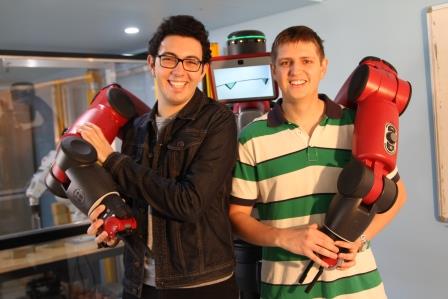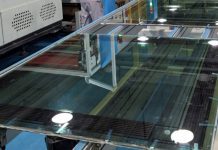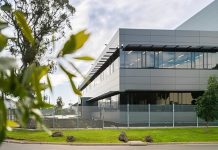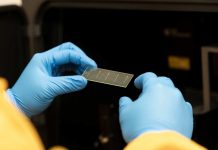The University of Sydney is set to open a new state-of-the-art laboratory, which will provide an excellent learning curve for more than 240 mechatronic students at the University.

According to the media release by the University of Sydney, the mechatronic laboratory, which will be unveiled today, is equipped with the latest robotic and microcontroller-based hardware and software provided by the philanthropic James N. Kirby Foundation.
Retired Chair of the Foundation, Mr Raymond Kirby AO, who is an alumnus of the University and graduated with a double degree, has had a lifelong desire to champion Australian innovation and business.
“A key objective of the James N Kirby Foundation is to support technical education projects that assist young Australians achieve their highest standard,” said his daughter, Virginia McClelland.
“The double degree that Mr Kirby graduated with is the direct precursor of the Mechatronic Engineering degree taken by today’s students,” said Associate Professor David Rye, the degree coordinator and an expert in humanoid robotics.
The laboratory also features cutting edge technology that will allow mechatronics students to use the latest developments in embedded microcontroller systems and control systems.
“Mechatronic engineering is a multidisciplinary engineering field that provides the foundation for robotics, automation and the ‘intelligent’ products and devices that are ubiquitous in society today. It draws on mechanical engineering, electronic and electrical engineering, systems and control engineering as well as computer science,” explained Associate Professor Rye.
“Mechatronic engineers are combining mechanisms, sensors, computers and software to create simpler, more adaptable, economical and reliable autonomous systems, both large and small.”
The pride of the new “Raymond Kirby Robotics Teaching Laboratory” is a Baxter humanoid robot, which is designed to be intrinsically safe when working directly with people and needs not be isolated from people because of safety concerns, unlike all other industrial robots. The robot uses sonar sensors and cameras to monitor the space around itself.
“The robot uses open-source software and, since it is designed to work alongside people, offers several new programming paradigms as well as all the methods used to program older robots,” said Associate Professor Rye.
“Part of the students’ coursework will be designing the algorithms that will make this robot perform tasks in cooperation with people.”



















